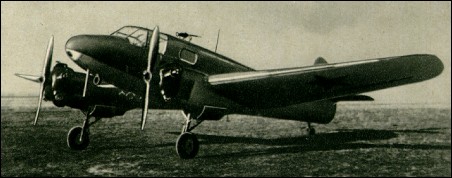 |
Yakovlev Yak-6/NBB1942 |  |
| BOMBER, PASSENGER | Virtual Aircraft Museum / USSR / Russia / Yakovlev |
 |
Conceived as a light utility transport, the twin-engined low-wing Yakovlev Yak-6 was largely of wooden construction and flown for the first time in June 1942; it had retractable tailwheel landing gear and accommodated two crew and four passengers. An NBB (or short-range night bomber) version had external racks for five 100kg bombs under the fuselage and provision for a single 7.7mm ShKAS machine-gun, but the Yak-6 could also be equipped to carry stores or freight (including a 500kg external load) or for use as an ambulance aircraft, glider tug or close-support aircraft carrying 10 RS-82 rockets. Often flown with the main landing gear units locked down, the Yak-6 was also used to supply partisans, and by 1944 most operational units had one of these aircraft to ferr y personnel between bases. Production totalled about 1,000. The Yak-6M was an improved version which finally led to the somewhat larger Yak-8, the prototype of which was first flown at the beginning of 1944. This was to have been a dedicated transport, essentially for military use, with accommodation for up to six passengers, but in the absence of anticipated higher-power engines its performance was disappointing and no series production ever took place.
|  COMPANY PROFILE | |||||||||||||||||||||||||||||||||||||||||||||||||||
 |

|

